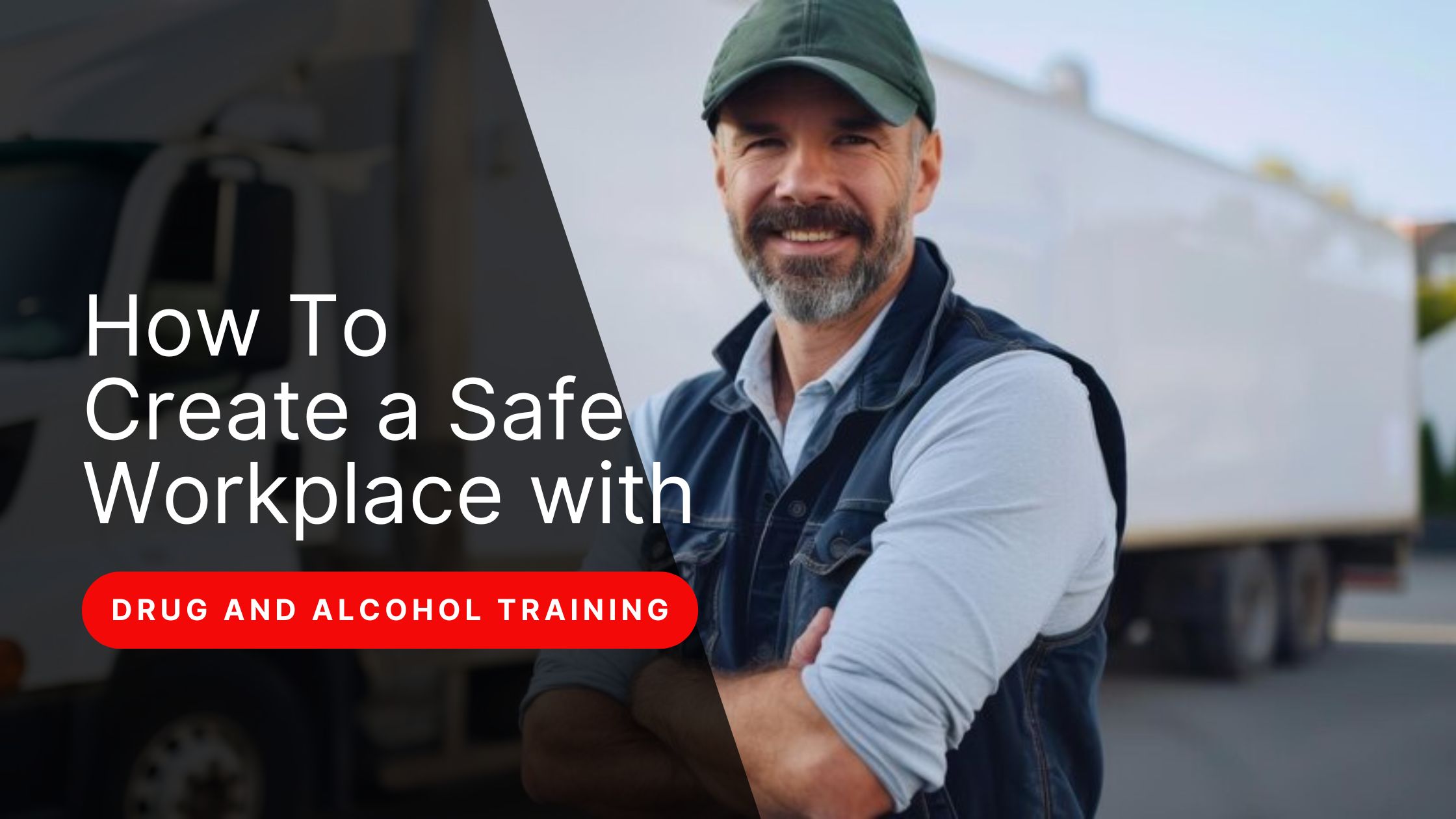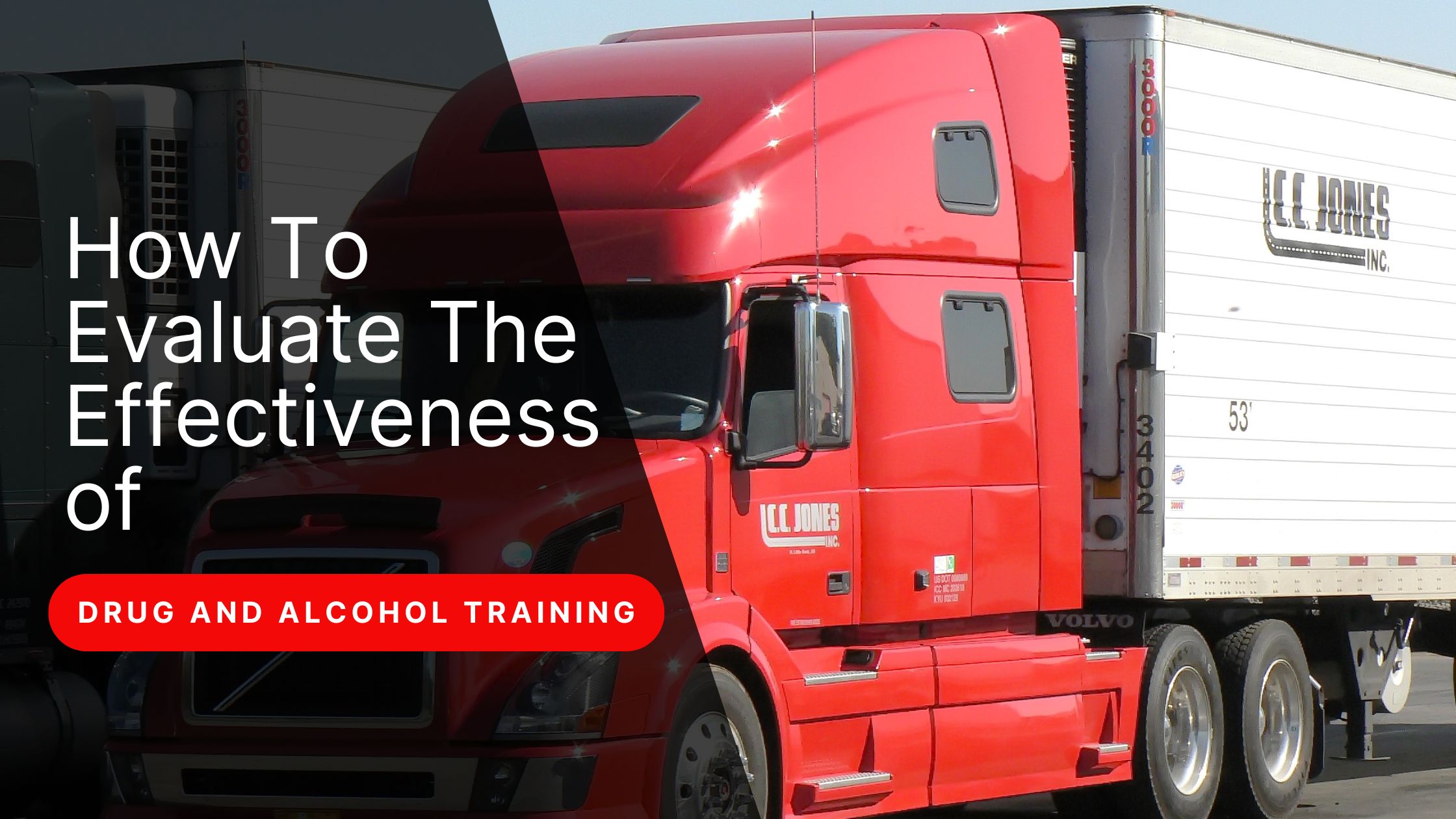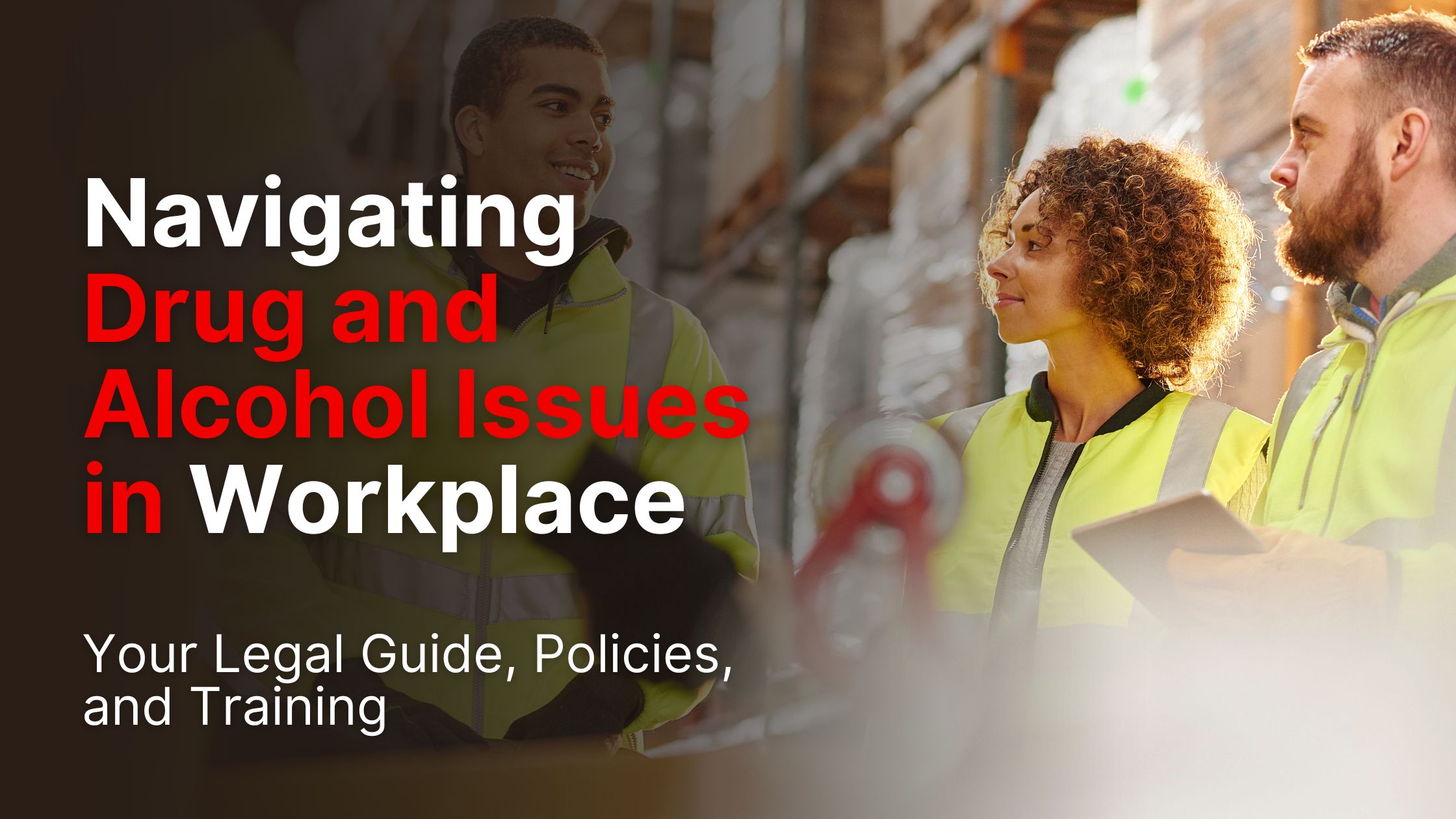Your floor manager or supervisor will be able to maintain top-notch safety standards in your company only when you have provided him with enough training and the most relevant education. We are talking about DOT supervisor training that makes your supervisors more than capable of identifying potential problems related to drug and alcohol use and abuse at the workplace.
The same training enables them to report incidents that compromise the safety of your workplace so that the upper management can focus on the employees or safety-sensitive position holders who have been using or abusing prohibited substances while at work. This is where you begin the corrective measures all across your company and carry out random tests and inspections to make sure that nobody else uses or abuses any drugs or alcohol while they are at work.
Supervisors are an integral part of your workplace safety mechanism. They are the persons who come in contact with unusual behaviors and drug and alcohol-related incidents before anyone else does. So yes, when you are trying to enhance workplace safety, your supervisor drug and alcohol training program is going to be very crucial.
But it does not work on its own. Just having a drug and alcohol training program is not going to be enough. It has to be relevant, constantly updated, and advanced as well. How important its role is will be defined by how it enables your supervisors and makes them more resourceful. The following section is going to talk about a few very important ways the right drug and alcohol training is going to add to the skill set of your supervisors. Let's begin:
Accountability For Health And Safety Standards
The first thing that this training module is going to do is set the accountability of the supervisor and other floor managers as per the rules and regulations laid down by the Department of Transportation and the Federal Motor Career Safety Administration. The supervisor gets enough education and training on how to ensure safety standards, follow Federal guidelines consistently, and implement measures to minimize accidents, among many other things to keep everyone safe.
Proficiency In Conducting Health And Safety Meetings
The DOT drug and alcohol training program also teaches supervisors how to maintain communication and conduct safety meetings for the benefit of everybody. When there are visible safety concerns arising out of alcohol and drug use and abuse by any employees or workers, these meetings give them a practical platform to address those issues. The supervisor can also use the same platform to inform all workers and employees about new and updated health and safety regulations and guidelines related to the use of prohibited substances at the workplace.
The Ability To Identify And Report Substance Abuse Instances
The supervisor has a very crucial responsibility on his shoulders and that is to identify drug and alcohol use and abuse instances. Even without any visible or evident behavioral changes, the supervisor can readily identify such incidents. These training procedures help them identify substances, residues, gases, vapors, odors, and much more to be able to point out any potential use of drugs and alcohol at the workplace before the situation escalates.
Identifying Unsafe Acts And Behaviors
Needless to say, the 60-minute alcohol training and the 60-minute drug training segments have been suggested by the Department of Transportation to make sure that the supervisor is able to identify the signs and symptoms of alcohol and drug abuse very easily. Some of the symptoms that are easily identifiable include:
- Declining attendance
- Declining job performance
- Financial struggle
- Dental issues
- Flu-like symptoms
- Persistent pain
- Intestinal problems
- Extreme changes in weight
- Extreme changes in behavior and attitude
- Discoloration of the skin
- Sunken Eyes
- Decline in personal hygiene
- Erratic and unpredictable behavior
Conducting Random Testing And Inspections
These training modules, when customized and implemented correctly, enable your supervisors to conduct random tests and inspections at the workplace without interrupting the workflow at all. They are also able to conduct these tests with complete discretion and nobody ever finds out what is going on with a certain section of employees (probably the individuals under suspicion of using drugs and alcohol at the workplace). Those tests should be reported directly to the concerned officer or upper management responsible for handling such incidents.
Inducting New Employees And Safety-Sensitive Position Holders
As you hire additional employees and workers, a well-trained supervisor plays a vital role in identifying, selecting, and onboarding suitable candidates. They ensure the selection of top candidates or safety-sensitive position holders while upholding the highest safety standards. Additionally, they educate new interns and candidates on workplace rules, with a focus on employee safety guidelines and the enterprise's drug and alcohol policy.
Monitoring Employee Health And Behavior
This crucial drug and alcohol training also educates your supervisors on how to monitor the health and behavior of all employees and workers constantly. This is a very effective preventive measure that takes into account several aspects of their behavior, attendance, work ethic, deadlines, conduct, and a lot of other factors.
Handling Injuries And Accidents Resulting From Drug And Alcohol Abuse
Your supervisor also gets educated on various injuries and accidents that may result from substance abuse in the workplace. Such incidents often lead to injuries or severe harm to individuals. The supervisor receives training on addressing and preventing these situations proactively.
So there you go. The most appropriate supervisor drug and alcohol training program is going to make your supervisors more aware and enhance their overall skill set making them more efficient and sensitive to drug and alcohol-related instances in the workplace. When they are diligent, aware of their responsibilities, and equipped to implement corrective measures, you can uphold the highest standard of workplace safety and maintain compliance without any trouble at all.






